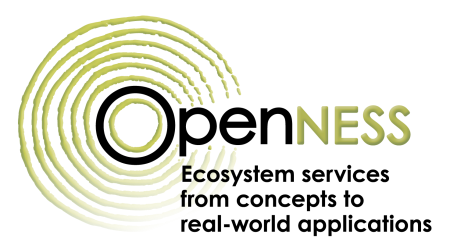Image:

Resource description:
Matrix approaches are quick and simple ways to get an overall spatially-explicit picture of the ES in case study areas. The method is based on the idea of linking tabular spreadsheet data and spatial data together, i.e. joining external datasets to spatial units to create maps. A modified, transdisciplinary version of the spreadsheet-type method is GreenFrame, which uses an extensive set of spatial datasets grouped into themes (instead of using solely LULC data) combined with both scientific experts' and local actors' scorings (Kopperoinen et al. 2014).
Author/Contact:
Dr Paula Harrison,
Land Use Group,
Centre for Ecology and Hydrology,
Lancaster Environment Centre,
Library Avenue,
Bailrigg,
Lancs,
LA1 4AP
+44 (0) 1524 595858
Publication date:
Requirements:
- Data
- Multidisciplinary researchers
- Satkeholders
Advantages:
- Fast and easy to perform
- Takes into account factors that reduce the provision potential
- Useful in a participatory approach with stakeholders
Constraints:
- Availability of background data
- Data preparation can be lengthy and demanding
- Possible bias by experts
Licence:
- Free, no licence
Development stage:
- Full, working product
Resource link:
Resource download:
- methodfactsheetadvancedmatrixapproach.pdf (937.26 KB)